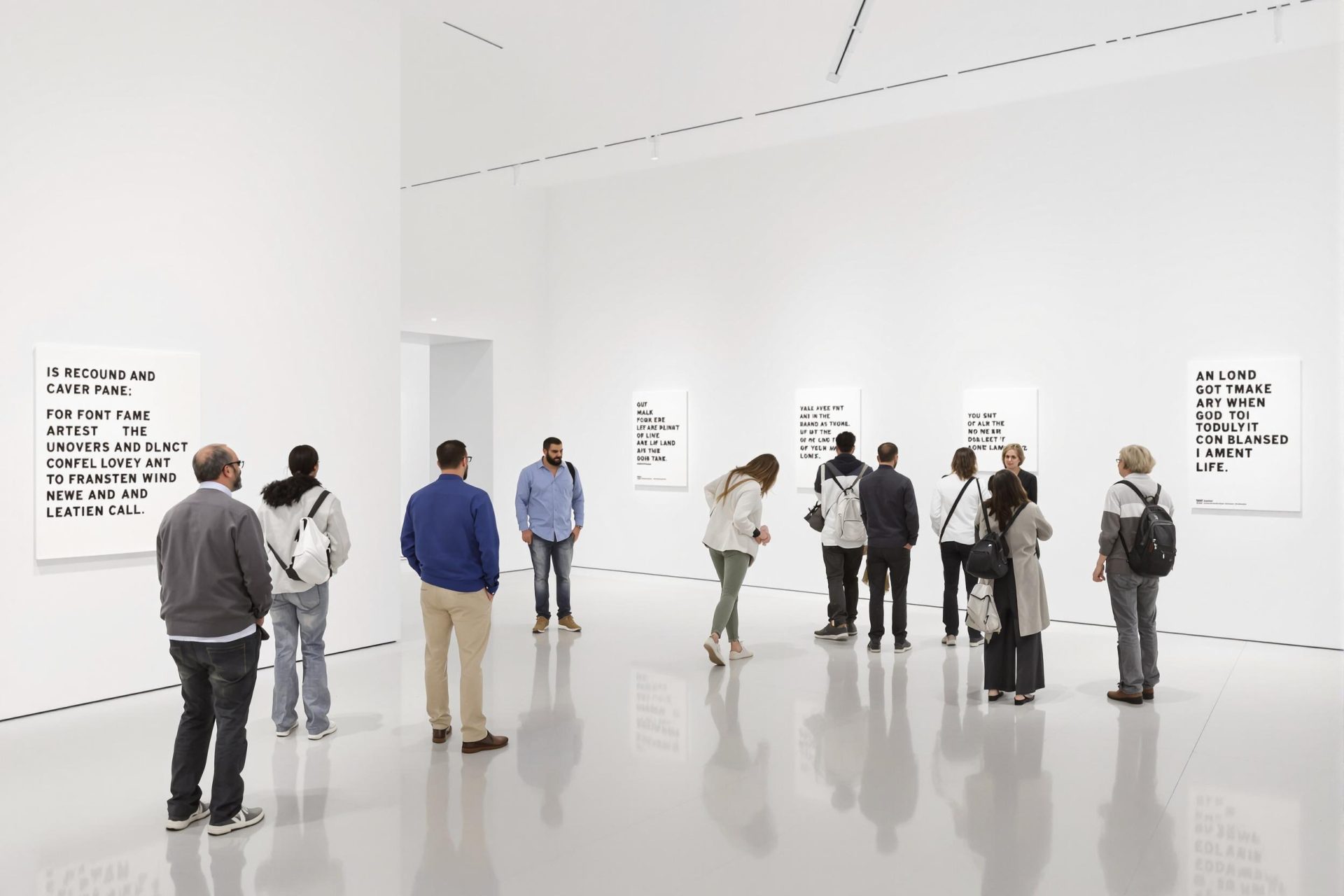Key Takeaways
- A museum in France, Chateau de Montsoreau, entirely entrusted an art exhibition’s curation to ChatGPT.
- The AI-curated show focuses on the conceptual art group Art & Language, known for humour and institutional critique.
- This follows other experiments, like a ChatGPT-assisted show at the Nasher Museum in the US and an AI-curated biennial in Bucharest.
- These initiatives explore AI’s potential in art curation while raising questions about its role in culture.
Artificial intelligence is branching out beyond our phones and workplaces, now stepping into the world of art curation.
In a significant move, the Chateau de Montsoreau-Museum of Contemporary Art in France’s Loire Valley let an AI take the reins for an entire exhibition.
ChatGPT, the well-known chatbot from OpenAI, was tasked with creating the show “Art & Language: Interview With An Obedient Humorist,” running until July 1st. The AI handled everything from the initial concept to writing texts and structuring the themes.
This marks a first on this scale for a museum. The exhibition delves into complex ideas like humour, irony, and critiques of art institutions through works from the Philippe Méaille Collection, which has strong ties to the Art & Language collective.
Art & Language, an influential Anglo-American group active since the late 1960s, is known for questioning the art world itself through text-based works and challenging performances.
The exhibition, divided into four sections, explores academic humour, authorship, museums as critical subjects, and the fluid nature of language, inviting visitors to actively interpret ambiguous artworks.
This experiment naturally prompts discussion: can a machine truly interpret and present human culture?
By assigning this task to an AI, especially for an exhibition critiquing established systems, Chateau de Montsoreau is pushing boundaries and suggesting a new, hybrid approach where AI acts as a thinking partner.
However, this French initiative isn’t completely unprecedented. According to AFP, the Nasher Museum of Art in the US experimented with ChatGPT for an exhibition last fall.
That project, “Act As If You Are a Curator,” started half-jokingly due to staff shortages but evolved seriously. ChatGPT suggested a theme, picked artworks, planned the layout, and wrote texts.
The chief curator at the Nasher Museum described the result to the New York Times as “eclectic” – thematically connected but visually somewhat disjointed, highlighting both AI’s capabilities and limitations in art.
Other examples show this trend growing globally. The 2022 Bucharest Biennial was organised by an AI named Jarvis, which selected artists based on data. A year earlier, New York’s Whitney Museum and the Liverpool Biennial cheekily used AI to generate fake art texts, poking fun at dense art world jargon.
These projects, ranging from serious experiments to satire, reveal fascination with AI’s creative and critical potential, sparking debate about whether art can remain a solely human endeavour.



